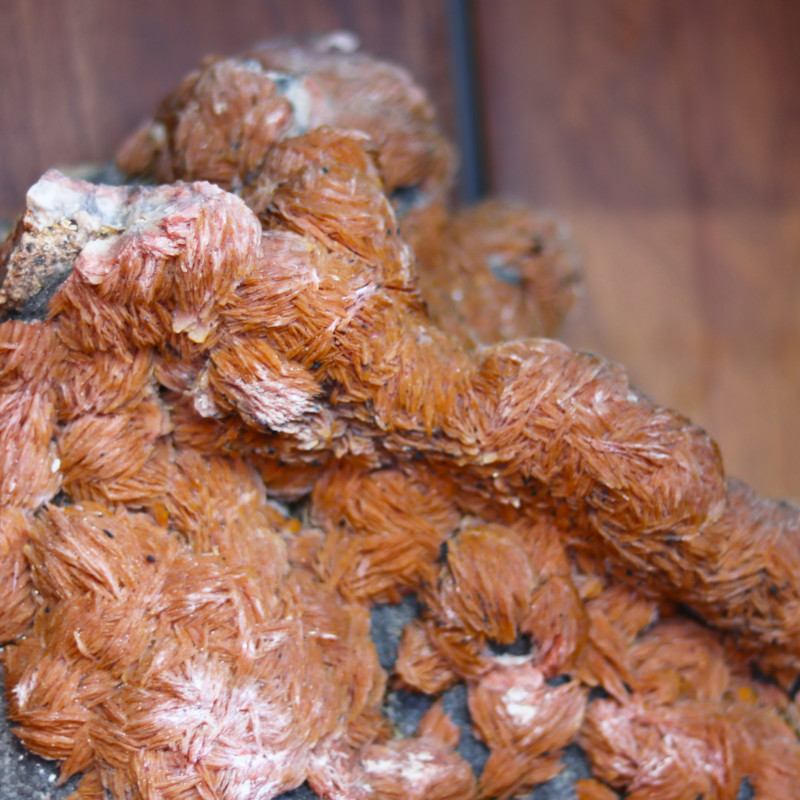
titanium oxide rutile
The Significance of Titanium Dioxide Rutile in Modern Applications
Titanium dioxide, commonly referred to as TiO2, is a robust and versatile compound known for its outstanding properties, which make it an essential ingredient in a variety of industries. Among its several allotropes, rutile stands out due to its unique characteristics and advantages, playing a pivotal role in applications ranging from pigments to photocatalysts.
Structure and Properties of Rutile
Rutile is one of the three primary mineral forms of titanium dioxide, the other two being anatase and brookite. It exhibits a tetragonal crystal structure, allowing for strong binding of Ti-O bonds, which contributes to its excellent thermal stability and chemical resistance. These properties make rutile particularly valuable in applications requiring durability and longevity. For instance, in the field of pigments, rutile is prized for its high refractive index and exceptional opacity, resulting in brilliant white colors that enhance the aesthetic appeal of products.
Application in Pigments
One of the most notable applications of titanium dioxide rutile is in the production of white pigments. These pigments are widely utilized in the paints, coatings, plastics, and paper industries. Rutile pigments provide not only a high level of whiteness but also exceptional UV stability, making them ideal for outdoor applications where sunlight exposure can lead to color fading. The use of rutile-based pigments enhances the longevity of coatings and surfaces, contributing to the reduction of maintenance costs and enhancing the sustainability of various products.
titanium oxide rutile

Role in Photocatalysis
Beyond its role in pigmentation, titanium dioxide rutile is also a key player in photocatalysis. Due to its ability to absorb UV light and facilitate redox reactions, rutile serves as an effective photocatalyst in environmental remediation and the degradation of pollutants. In recent years, researchers have been investigating the potential of rutile in water treatment processes, where it can help break down harmful contaminants, including organic compounds and heavy metals, under UV irradiation. This property not only offers a solution for wastewater treatment but also contributes to the development of sustainable technologies aiming to restore ecological balance.
Advancements in Solar Energy Conversion
The photonic capabilities of titanium dioxide rutile extend to the field of solar energy conversion. With the increasing demand for renewable energy sources, the efficiency of solar cells has gained critical importance. Rutile can be utilized in dye-sensitized solar cells (DSSCs) and other types of photovoltaic systems. Its stability and ability to enhance charge separation in these devices promise to improve the overall efficiency of solar energy conversion, thus supporting the transition to cleaner energy alternatives.
Conclusion
Titanium dioxide rutile plays an indispensable role across a multitude of sectors, including pigments, environmental remediation, and solar energy. Its unique properties—ranging from excellent opacity and UV stability to photocatalytic activity—allow it to meet the evolving demands of modern industry. As research continues to uncover new applications and methods for enhancing the utility of rutile, its importance in promoting sustainability and technological advancement only stands to grow. In a world increasingly focused on green technologies and eco-friendly practices, titanium dioxide rutile serves as a beacon of innovation, showcasing the remarkable potential of this compound in driving progress across various fields.
Share
-
Premium Pigment Supplier Custom Solutions & Bulk OrdersNewsMay.30,2025
-
Top China Slag Fly Ash Manufacturer OEM Factory SolutionsNewsMay.30,2025
-
Natural Lava Rock & Pumice for Landscaping Durable Volcanic SolutionsNewsMay.30,2025
-
Custom Micro Silica Fume Powder Manufacturers High-Purity SolutionsNewsMay.29,2025
-
Custom Mica Powder Pigment Manufacturers Vibrant Colors & Bulk OrdersNewsMay.29,2025
-
Custom Micro Silica Fume Powder Manufacturers Premium QualityNewsMay.29,2025






